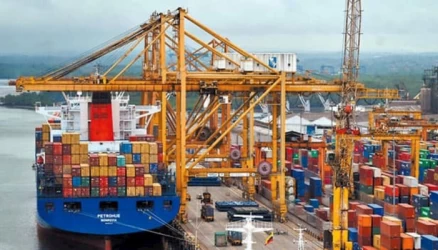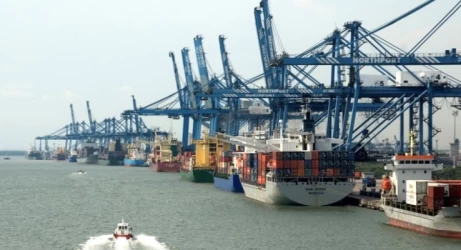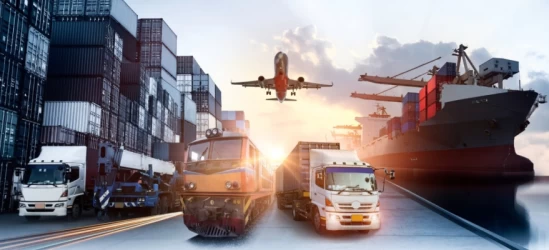Guide to Trading with Italy, Maritime Transport
Italy, one of the largest economies in Europe, plays a vital role in global trade. Its strategic geographic location in the heart of the Mediterranean makes it a central hub for maritime commerce. With major ports and advanced maritime transport infrastructure, Italy offers extensive opportunities for businesses and traders.
Overview of Italy’s Market
Italy’s economy is diverse, covering sectors such as manufacturing, automotive, fashion, agriculture, and tourism. The country’s primary exports include machinery, chemicals, vehicles, and agricultural products like wine and olive oil. On the other hand, Italy imports a wide range of goods, including energy, raw materials, and food products.
Maritime Transport in Italy
Thanks to its access to the Mediterranean Sea and large ports, Italy has a significant advantage in maritime transport. The country’s key ports, such as Genoa, Naples, and Trieste, play a crucial role in international shipping.
- Port of Genoa: Located in the northwest of Italy, Genoa is one of the largest ports in Europe and Italy’s primary gateway to the world. With advanced infrastructure for handling containers and general cargo, it is connected to Europe’s rail and road networks, facilitating the rapid transportation of goods across the continent.
- Port of Naples: Situated in southern Italy, Naples serves as a key port for trade with the Mediterranean and the Middle East. It is particularly important for importing and exporting agricultural products and food items.
- Port of Trieste: Located in the northeast, Trieste’s proximity to Eastern and Central Europe gives it a strategic advantage. With its advanced facilities and connections to ground transportation networks, Trieste serves as a crucial hub for goods moving to and from these regions.
Customs Regulations and Required Documentation
Understanding Italy’s customs regulations is essential for trading with the country. As a member of the European Union, Italy follows EU customs laws, which simplifies trade with other European nations. For imports, the necessary documents include a commercial invoice, packing list, customs declaration, and relevant certificates for the goods. Ensuring compliance with these requirements can expedite the clearance process.
Maritime Shipping Costs
Maritime shipping costs to Italy vary depending on factors such as the type of goods, shipment volume, and the distance from the point of origin. Choosing a reputable shipping company and comparing rates can help reduce costs. Additionally, marine insurance is recommended to protect goods from potential risks during transport.
Business Opportunities in Italy
Italy’s strong infrastructure in transport and trade makes it an attractive destination for businesses. Sectors such as manufacturing, agriculture, and fashion offer ample opportunities for international investment and trade. Tourism is another booming industry, driving demand for imported goods across various sectors.
Conclusion
Trading with Italy and leveraging its maritime transport system, particularly through ports like Genoa, Naples, and Trieste, offers numerous opportunities for expanding trade within Europe and the Mediterranean region. By familiarizing yourself with the customs regulations and using reliable shipping services, businesses can thrive in this dynamic international market.
If you have any specific questions or need further assistance, feel free to ask!











